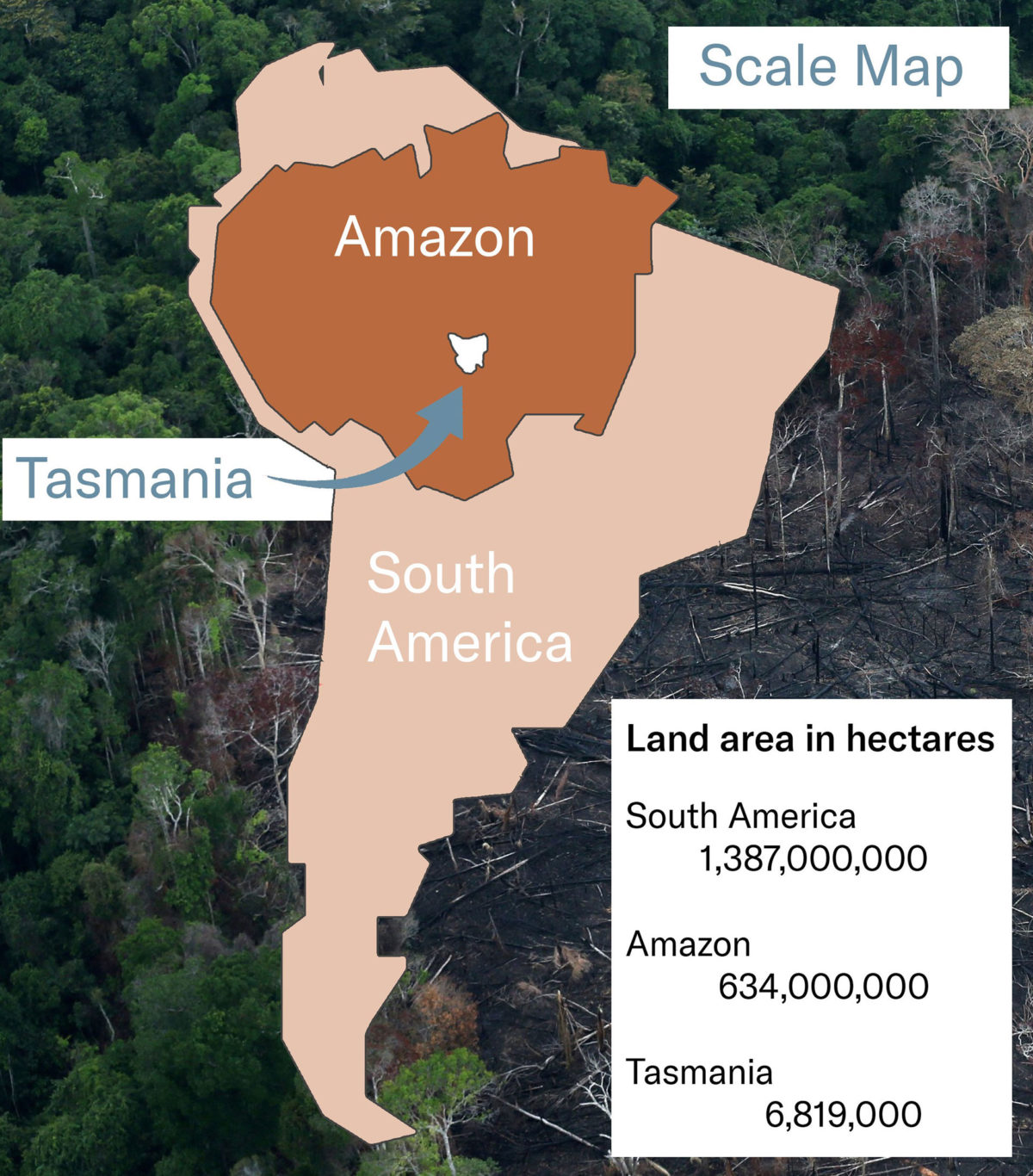Topic: Solutions
Attitudes to forestry need to change for the benefit of the environment
Did you know that the Amazon basin has switched from a carbon sink to a carbon source?
The Amazon is one of the planet’s largest carbon stores and is critical to the earth’s health, however, deforestation is destroying the forests and out of control fires are releasing carbon faster than the rapidly shrinking rainforest can absorb it.
Forests are one of the world’s great natural resources, and when such a valuable resource is left unprotected, we will see the greed and recklessness that we are now seeing in the Amazon.
However, imagine for a moment your life without forestry products. There are those uses that are obvious such as your house, flooring, kitchens, furniture, paper, cardboard, tissues, newspaper, nappies, sanitary products and paper towels.
Then there are the little more obscure uses like as an additive in some fast foods (yes you read that right, including cheese and bread), bath towels and fabrics (rayon is a by-product of the pulping process), toothpaste, nail polish and paints, medications, sunscreen and even table tennis balls and guitar picks contain wood-based products.
In fact, wood is such an amazing and flexible product with a wide myriad of uses that if it didn’t exist, we would have to invent it because we all use products made from it every day.
And the fact is we don’t just accidentally use forestry products, we actively seek them out.
Do you choose a paper or plastic bag for your shopping? Would you like a wooden dining table or a plastic one? Do you prefer cardboard packaging or plastic?
This all creates demand for forestry products because we want a better world, but if the source of these forestry products is not responsible and not sustainable, we create the situation that is unfolding in the Amazon right now.
And that is why attitudes need to change.
Unlike the Amazon, in Tasmania we replant every tree that is harvested and we regenerate all native forests.

The numbers and the scale of Tasmanian forestry are there for all to see with more than 300,000 hectares of plantation forests producing the bulk of the state’s forestry industry whilst over a million hectares or 91% of old-growth is locked up and protected.
In Tasmania, we are protecting our forest reserves for the health of the planet, and we are producing a renewable and biodegradable resource in a responsible and sustainable way.
We have vast areas of protected native forests, a thriving plantation sector and locally produced forestry products for housing, furniture and fibre.
Yet we are always an easy target for critics as the impact of harvesting is right there, accessible and plain for all to see. You only need a car and a phone to get out to a coupe and take photos of stumps and forest harvesting.
You might equally get a shock if you were to wander into an abattoir to see where your lamb chops come from, the process of obtaining the things we need is not always pretty to look at, of course, ours is not behind closed doors which means it attracts more attention.
We cut down trees, we know that and you know that. But we also grow trees, millions of them every year and it is important that we talk about and understand that if attitudes are to change.
So what’s it to be?
Forestry products are in record demand globally as they provide the solutions the world is seeking out such as renewability and carbon storage.
We are finding new ways to use wood fibre to provide a renewable and biodegradable solution to plastic waste.
The industry in Tasmania is sustainable. We replace every tree that is harvested and we are literally “growing” our plantation sector as well as finding more and better uses for our plantation timbers.
We have locked up and protected much of our high conservation forests and we are now recognised as being on the front line when it comes to solutions to tackling climate change.
The question is, if you are demanding paper, cardboard and wood over plastic, steel and concrete, well then where are you demanding it from? Tasmania or the Amazon?
So next time you hear someone say they don’t support Tasmanian forestry, maybe consider this, is that attitude part of the solution or a part of the problem.

